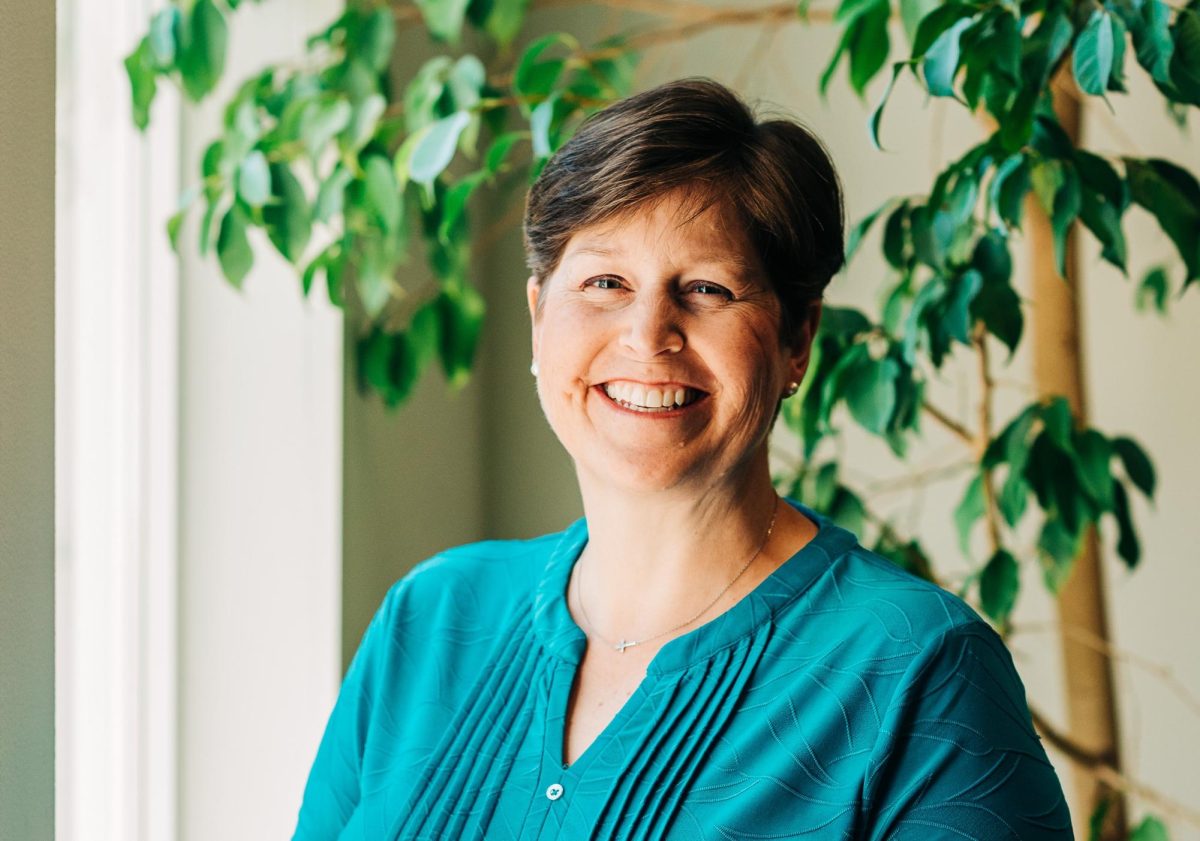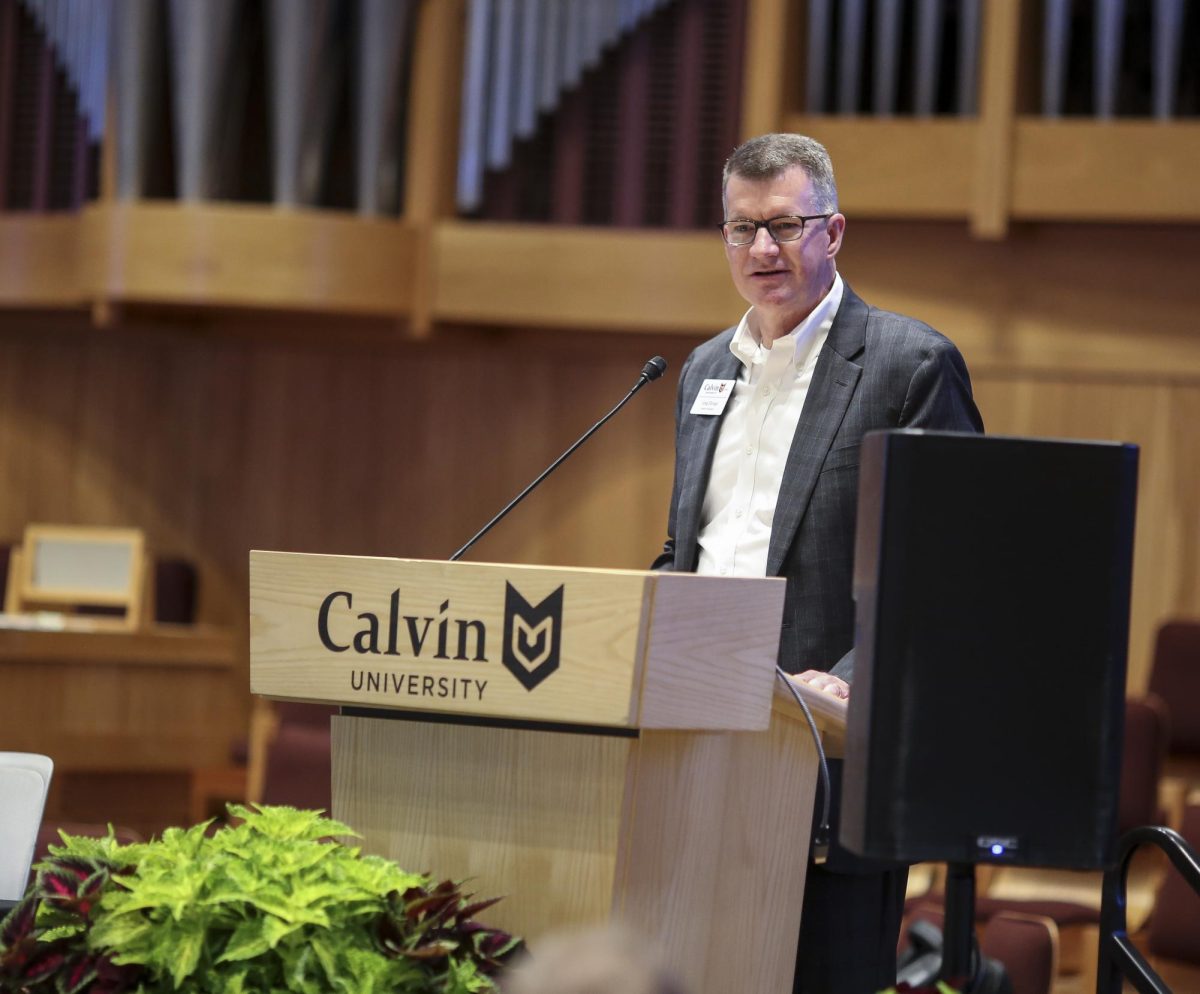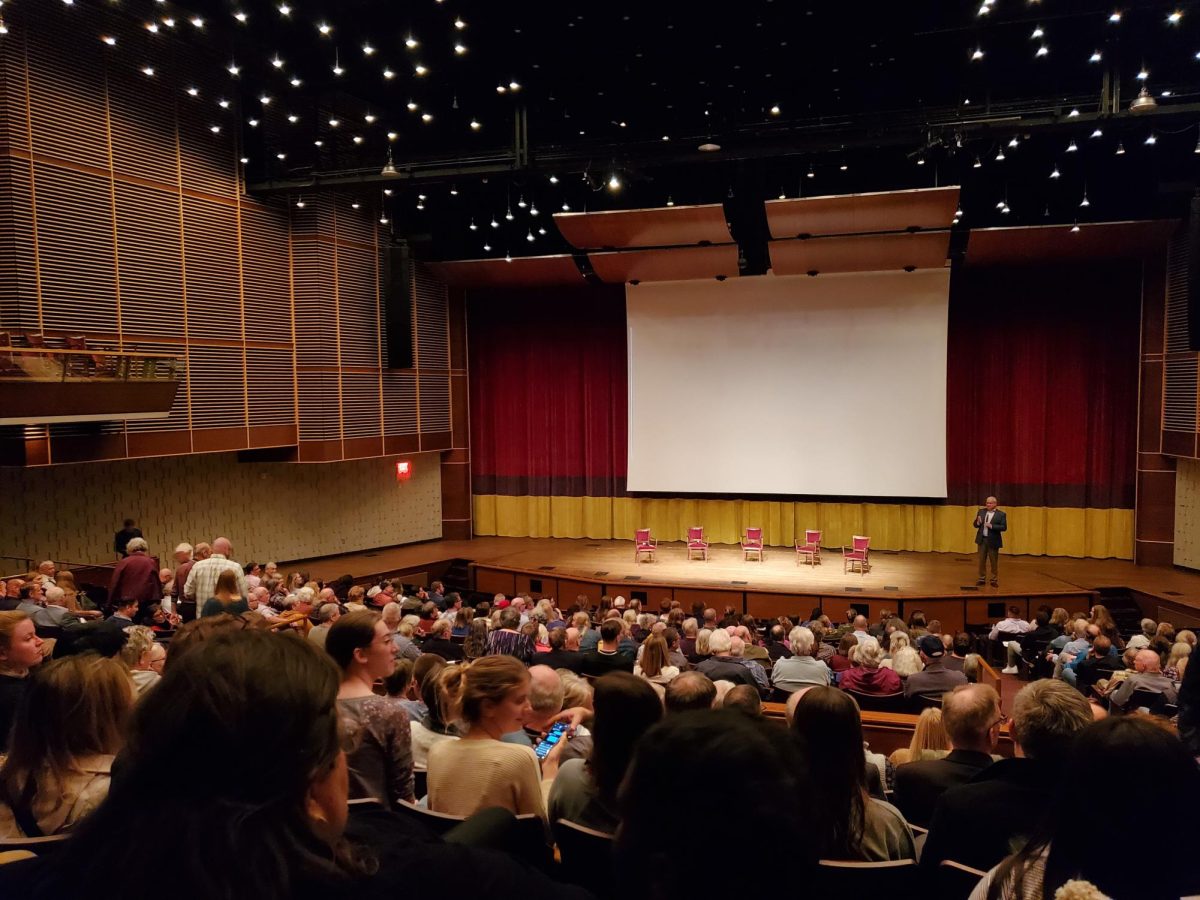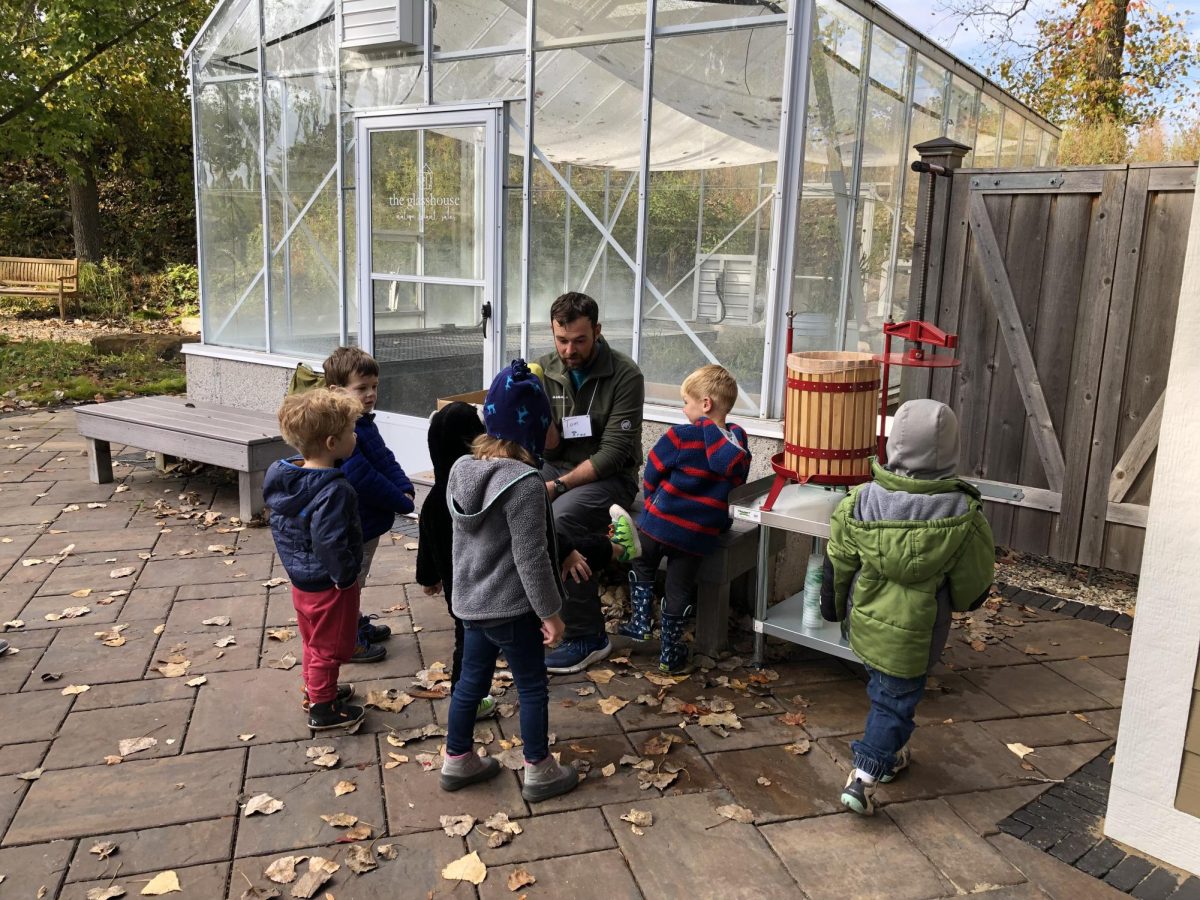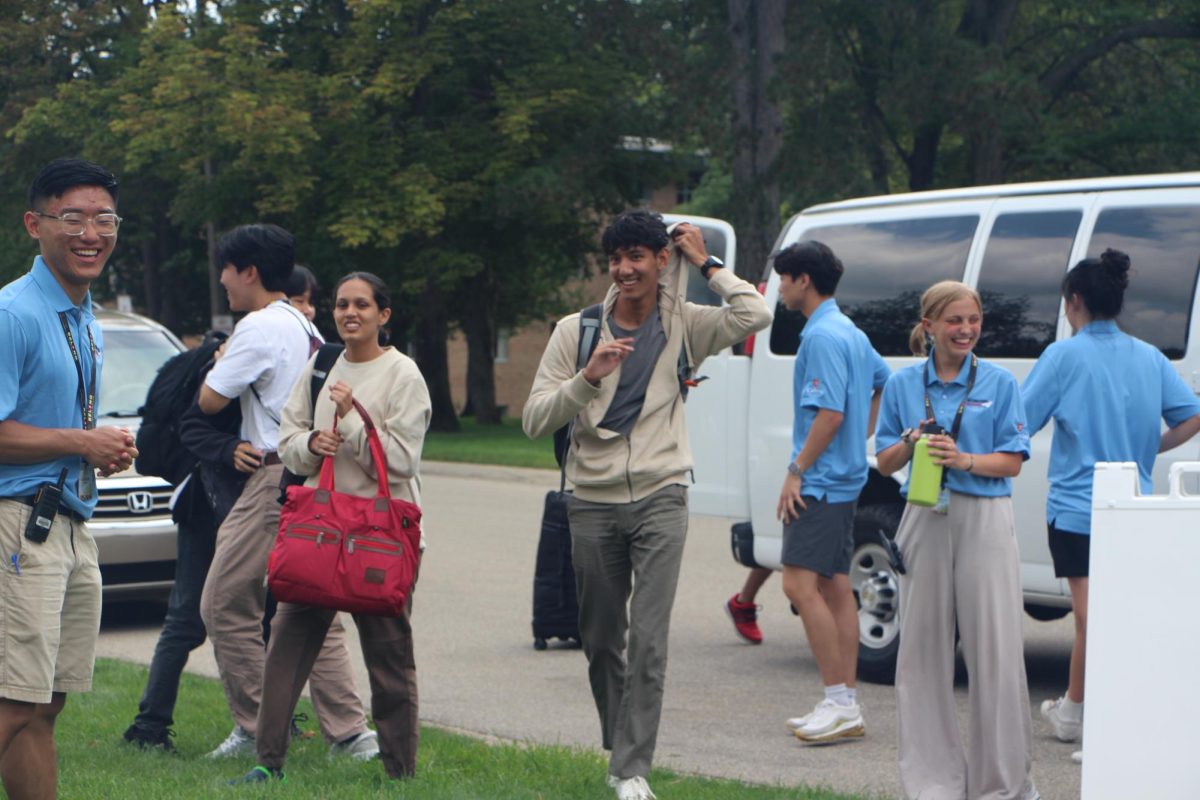Despite my family’s thin connections to Catholicism, as I prepared to leave elementary and graduate to the sixth grade, I began to attend Catechism with a few other boys and girls at a local Catholic church a few miles from my house.
Every few days, after my mom would pick me up from school, I would be dropped off in my final period gym sweatpants I had yet to change out of and into a group of unfamiliar children who seemed to be quite familiar with each other.
I was embarrassed of my gym sweats as I saw each of them in their Catholic school uniform and felt out of place as we recited the saints and learned the doctrine of the Virgin Mary. I was good at reciting the creed, but that was as Catholic as I came.
Still though, I was given my first communion after a number of weeks which was an event in which my grandmother was the guest of honor; the first time I completely understood I wasn’t really a true Catholic.
In the house I grew up in there were no crucifixes, no rosaries, and no paintings of the Immaculate Heart of Jesus like those in my grandmother’s home. As I came to realize in later years, my mother had left her mother’s Catholicism for more amorphous Protestant and non-denominational roots.
She was the only child of five to officially leave the fold and actively participated in the larger churches we attended; sometimes leading small groups — a few times helping convert Catholic neighbors to a more non-denominational faith.
For a time, I was confused at my mother’s stance towards Catholicism. While she helped many of her close friends leave the Catholic faith, I would sometimes find hints of her Catholicism in unexpected places, whether that be opening an often unused drawer to find a few cardstock printings of the faces of saints which names I had forgotten, or finding my mother with a picture of Pope John Paul II kissing my younger cousin’s forehead.
I think of my mother now as we enter into the second week of Lent this week. I think of how she had two separate identities; one Catholic and one not. One was tradition for her and the other was faith though the two became sometimes muddy and indistinct from one another.
Despite that she had left the Catholic faith, she was not looking for theology. My mother was looking for any way to worship God — a number of them still found in her grandmother’s faith.
And when I think about what is left of this year’s Lent, I try to keep this attitude in mind. I try to look for these ways in that I am not limited to what time of year it is. I can and should look to praise the Lord in every moment I am alive on this Earth.
I should reflect His love to others and forgive until I have nothing left to forgive or accept. I should frustrate my expectations of others with the unending grace and love of Christ. If we are looking for any way to worship God, what better time is there to look than in the time of Lent?
When I look in this way towards the worship of Christ, I find it hard to affiliate myself with my non-denominational background. I find myself increasingly looking for Christ in my brothers’, sisters’, and even my grandmother’s traditions; an action that makes it harder for me to call myself Reformed or Evangelical or Catholic.
I find myself stuck in between traditions and understanding, maybe for the very first time, that in the ways that I worship I am just as much Catholic as I am not.




